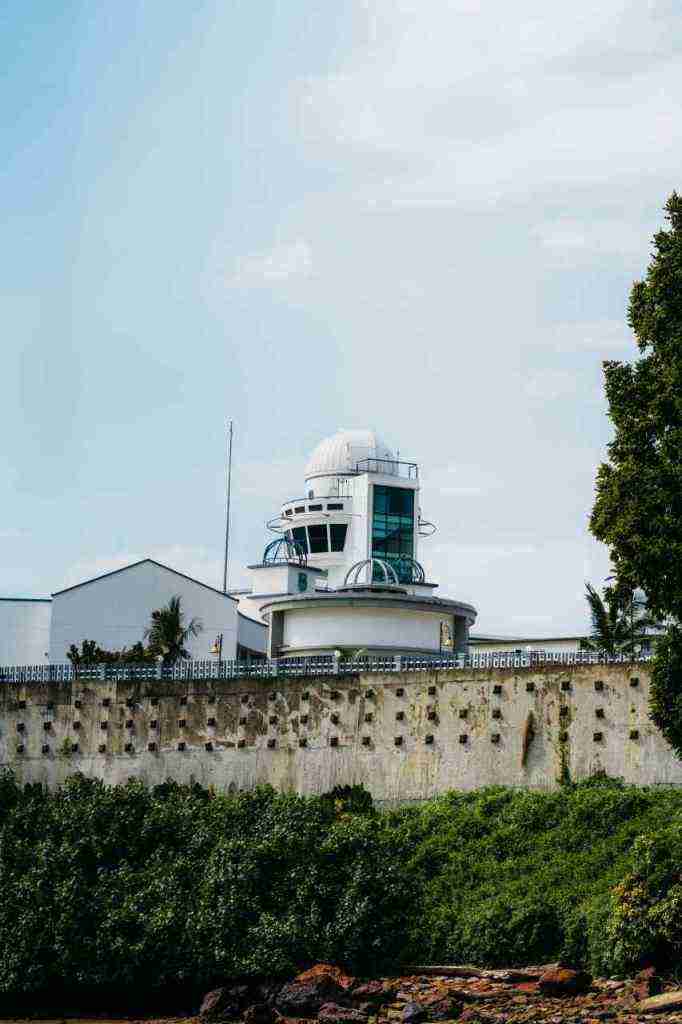Rethinking Science in the Adirondacks: Traditional Ecological Knowledge Takes Center Stage
Acknowledging Indigenous Perspectives
The United States’ colonial past is being confronted on a national scale, resulting in a paradigm shift in the Adirondack Park’s scientific research landscape. Indigenous voices have been given prominence at recent gatherings, advocating for the recognition and integration of traditional ecological knowledge (TEK) into scientific discourse.
Western Science Meets Traditional Knowledge
Keeley Jock, climate justice fellow at the Adirondack North Country Association (ANCA), has presented a challenge to the federal Environmental Protection Agency’s (EPA) Wetland Condition Assessment. She has created her own ranking system that prioritizes Indigenous values, highlighting the cultural and ceremonial significance of wetlands and exposing the limitations of Western perspectives.
Storytelling and Scientific Truths
Neil Patterson Jr., executive director of the Center for Native Peoples and the Environment at SUNY ESF, believes that Indigenous stories often hold scientific truths that have been overlooked. For example, the concept of soil as a living system is both a cultural narrative and a scientifically supported fact.
Rethinking Science in the Adirondacks: Traditional Ecological Knowledge Takes Center Stage
Collaboration and Transformation
The inclusion of TEK in Adirondack research has the potential to transform scientific outcomes. Partnerships between Native communities and researchers can lead to improved wetland protections, informed by Indigenous knowledge.
For instance, the Adirondack Watershed Institute has partnered with the St. Regis Mohawk Tribe to monitor water quality in the Raquette River. This collaboration has resulted in the development of a new water quality index that incorporates both Western scientific data and traditional Mohawk knowledge.
Respecting Traditional Practices
Jock advocates for the recognition of traditional practices in Western science. She cites the EPA’s wetland regulations as an example of where Indigenous values can enhance conservation efforts.
“The EPA’s wetland regulations are based on a Western scientific understanding of wetlands,” Jock said. “But Indigenous communities have a deep understanding of wetlands that is based on generations of observation and experience. This knowledge can help us to better protect and manage wetlands.”
Decades of Federal Suppression
Jock acknowledges the decades-long federal policies that have restricted Indigenous culture in the U.S. These policies have suppressed TEK and hindered its integration into scientific research.
“For decades, the federal government has suppressed Indigenous culture,” Jock said. “This has made it difficult for Indigenous communities to share their knowledge with the scientific community.”
Indigenous Stewardship
Patterson emphasizes the distinct perspective of Indigenous communities, which view themselves as stewards of the land rather than its managers. This approach fosters a deep connection and respect for the natural world.
“Indigenous communities have a deep understanding of the natural world,” Patterson said. “They see themselves as stewards of the land, and they have a responsibility to protect it for future generations.”
Integrating TEK into Education
Patterson calls for the incorporation of TEK into educational programs to foster understanding and appreciation of Indigenous perspectives.
“TEK is a valuable source of knowledge that can help us to better understand the natural world,” Patterson said. “It should be incorporated into educational programs so that future generations can learn from it.”
Conclusion
The integration of TEK into scientific research in the Adirondacks is a welcome and necessary step towards a more inclusive and accurate understanding of the natural world. By respecting and incorporating Indigenous knowledge, we can create a more just and sustainable future for all.
